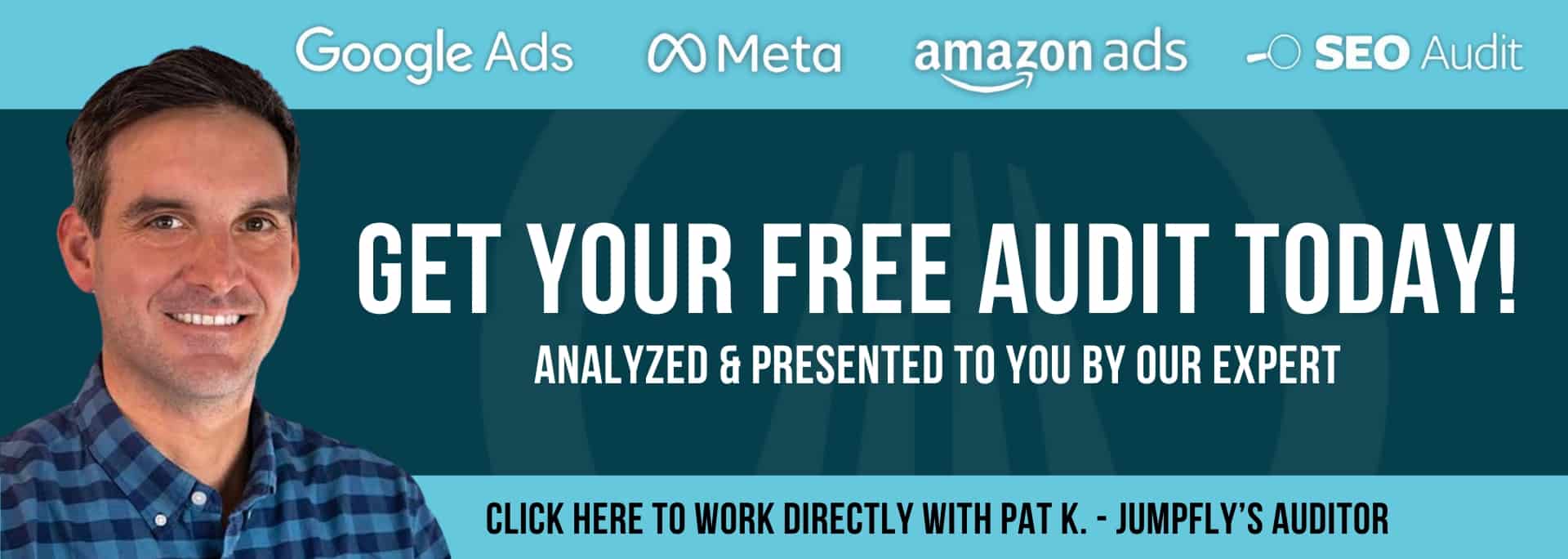When it comes to building successful ad campaigns on social media, there’s no one-size-fits-all solution. Some advertisers prefer putting their entire budget towards driving conversions, focusing solely on their end goal, and that approach can work. But, there’s also value in thinking about how users move through the buying process, from discovering your brand for the first time to ultimately converting. That’s where a full-funnel strategy comes in.
Rather than concentrating all your advertising spend on bottom-funnel campaigns, a full-funnel approach allocates your budget to engage users at every stage. For example, you can run awareness ads to reach new people, consideration ads to stay on their radar, and conversion-focused ads to drive sales. It’s all about balance.
What Does a Full-Funnel Strategy Look Like on Social Media?
Think of the funnel as a roadmap for your audience’s journey. Here’s a quick breakdown:
- Top of Funnel (TOF): The awareness stage. These campaigns introduce your brand to people who don’t know you exist. Think broad targeting and creative that tells your story without making a hard sell.
- Middle of Funnel (MOF): The consideration stage. Here, you’re talking to people who have shown some interest, like visiting your site or engaging with your content. Use this stage to build familiarity by sharing product benefits, testimonials, or educational content.
- Bottom of Funnel (BOF): The conversion stage. This is where you’re driving action. These campaigns target people who’ve shown purchase intent, like adding items to their cart, and focus on closing the sale.
What makes a full-funnel strategy different is that it spreads your budget across all these stages instead of putting 100% into just one. It ensures you’re always filling your pipeline with new users while nurturing those closer to taking action.
Why a Full-Funnel Strategy Might Be Worth a Try
It can be tempting to put your entire budget towards conversion campaigns, but a full-funnel approach can create long-term opportunities. Here are five reasons why:
1. Keeps Your Audience Fresh: If you’re only running bottom-funnel campaigns, you’re likely retargeting the same people repeatedly. That’s like throwing the same party for the same guests over and over; eventually, they’ll stop showing up. Top-of-funnel campaigns bring new people into your pipeline, keeping things fresh.
2. Lowers Cost Per Action (CPA) Over Time: Users who engage with your brand earlier in the funnel often convert more efficiently later. Nurturing those users through MOF campaigns can help lower your CPA over time.
3. Builds Trust & Brand Recognition: For high-ticket or niche products, people need time to trust your brand before they buy. TOF and MOF campaigns help establish that trust by telling your story and showing why you’re worth it.
4. Strengthens Platform Algorithms: Social media platforms optimize better when they have a variety of data signals. Running a mix of campaign types, like video views or website visits, can improve how well your conversion campaigns perform.
5. Future-Proofs Your Strategy: Ad costs and audience behavior change over time. A full-funnel strategy ensures you’re always feeding new users into your pipeline, keeping your campaigns sustainable in the long run.
When to Stick with a More Targeted Approach
That said, not every brand needs to go all-in on a full-funnel strategy. Sometimes, focusing heavily on bottom-funnel campaigns makes more sense. Here’s when:
- Limited Budgets: If your budget is small, it’s usually best to prioritize high-intent audiences.
- Niche Audiences: If your product serves a very specific audience, you might not need broad awareness campaigns.
- Short-Term Goals: For quick wins, like during a sale or promotion, focusing on conversions can make sense.
- Established Brands: If your brand already has strong awareness, you might want to focus more on consideration and conversion stages.
The key is to experiment and find what works best for your goals.
How to Test a Full-Funnel Strategy (Without Overhauling Everything)
Curious about trying a full-funnel strategy but not ready to make a big change? Start small:
1. Shift a Portion of Your Budget: Move a small percentage of your budget into TOF campaigns. Test a Reach or Video Views campaign to see how it impacts your overall performance.
2. Repurpose Existing Content: No need to start from scratch. Use your current assets with slight tweaks for each funnel stage:
- TOF: Focus on storytelling or education.
- MOF: Highlight social proof and product benefits.
- BOF: Emphasize urgency and offers.
3. Track Holistic Performance: Don’t just look at conversions. Keep an eye on reach, engagement, and click-through rates at each stage to see how they influence your bottom-funnel results.
Final Thoughts: It’s All About Balance
There’s no one-size-fits-all approach to social media advertising. Some brands thrive with conversion-only campaigns, while others see better long-term success with a full-funnel strategy. It’s all about finding the right balance for your brand.
The takeaway? Test, learn, and adjust. The best strategy is the one that works for your unique audience and goals.









